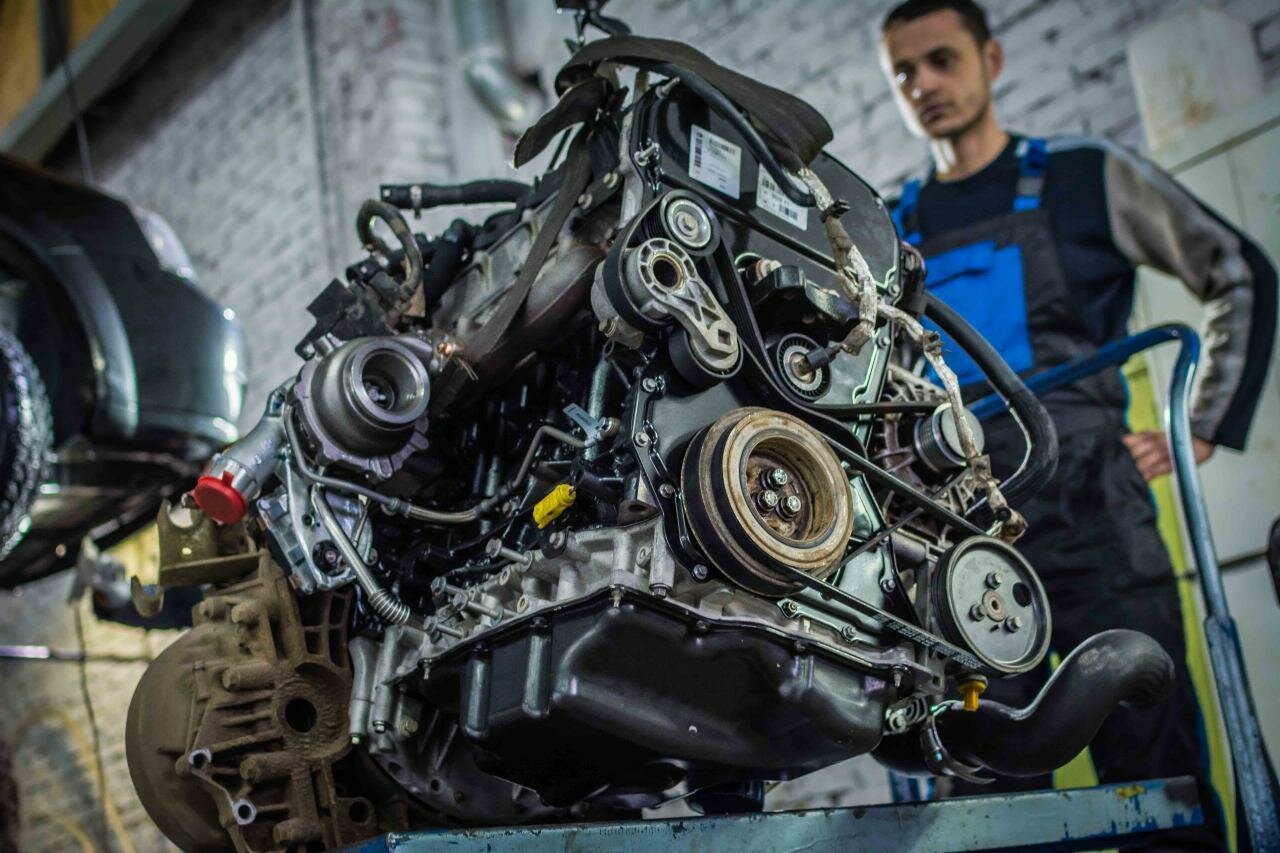Porsche 996: A Brief Overview
The Porsche 996, produced between 1999 and 2004, marked a significant turning point in the history of the iconic sports car manufacturer. As the first generation of the Porsche 911 to feature a water-cooled engine, the 996 aimed to modernize the brand while retaining the performance and driving experience that enthusiasts had come to expect. With its distinctive design, which included a more rounded body shape compared to its predecessors, the 996 was both praised and criticized for its departure from traditional Porsche aesthetics.
Engine Innovations and Challenges
Under the hood, the 996 was equipped with a range of flat-six engines, including the 3.4-liter and later the 3.6-liter variants. While these engines offered impressive power and performance, they also introduced a set of problems that would haunt the model for years. The 996 was marketed as a more accessible entry point into the Porsche lineup, appealing to a broader audience. However, this accessibility came at a cost, as many owners soon discovered that the engine issues could lead to significant repair bills and affect the overall reliability of the vehicle.
As the years passed, the 996’s reputation became increasingly marred by reports of engine failures, particularly related to the intermediate shaft (IMS) bearing. This flaw, along with other potential problems, has led to a mixed legacy for the 996. While it remains a beloved model among Porsche enthusiasts, the engine problems have become a critical aspect of discussions surrounding this generation of the 911. Understanding these issues is essential for current and prospective owners who wish to navigate the complexities of maintaining a Porsche 996.
Porsche 996 Engine Problems: A Deep Dive
The Porsche 996 has garnered a reputation for its performance and design, but lurking beneath the surface are several engine problems that can lead to costly repairs and a diminished driving experience. Understanding these issues is crucial for anyone considering purchasing or currently owning a 996.
Common Engine Issues
The most notorious engine problems associated with the Porsche 996 include:
- Intermediate Shaft (IMS) Bearing Failure: This is perhaps the most talked-about issue. The IMS bearing is critical for the engine’s operation, and its failure can lead to catastrophic engine damage.
- Rear Main Seal (RMS) Leaks: Many owners report oil leaks originating from the rear main seal, which can lead to significant oil loss and potential engine damage if not addressed.
- Cooling System Failures: The 996’s cooling system can be prone to failures, leading to overheating and potential engine damage.
- Exhaust System Issues: Problems with the exhaust system, including cracked headers and faulty catalytic converters, can affect performance and emissions.
- Oil Consumption: Some owners experience excessive oil consumption, which can lead to engine wear and increased maintenance costs.
Intermediate Shaft (IMS) Bearing Failure
The IMS bearing failure is the most significant concern for 996 owners. This issue affects the engine’s longevity and can lead to complete engine failure. The symptoms of IMS bearing failure can be subtle at first but often escalate quickly.
Rear Main Seal (RMS) Leaks
RMS leaks are another common problem. While they may not lead to immediate engine failure, they can result in significant oil loss over time. If left unchecked, this can lead to engine wear and other complications.
Cooling System Failures
The cooling system in the 996 is crucial for maintaining optimal engine temperatures. Failures in this system can lead to overheating, which can cause severe engine damage. Regular maintenance and monitoring of the cooling system are essential.
Exhaust System Issues
Exhaust system problems can manifest in various ways, including increased noise and decreased performance. Cracked headers and faulty catalytic converters can lead to poor emissions performance and may require costly repairs.
Oil Consumption
Excessive oil consumption is a concern for some 996 owners. This issue can lead to increased maintenance costs and may indicate underlying engine wear. Monitoring oil levels regularly is crucial to prevent potential damage.
Top views |
|
|---|---|
 |
Oil, Timing Chains, Pistons: What Really Kills an Engine Prematurely? |
 |
How to Choose a Car with a Reliable Engine: Used Car Market Hacks That Actually Work |
Symptoms and Consequences
Understanding the symptoms associated with these engine problems can help owners address issues before they escalate. Below is a table summarizing common symptoms and their potential consequences:
| Symptom | Possible Consequence |
|---|---|
| Engine noise (rattling or grinding) | IMS bearing failure |
| Oil spots under the car | RMS leak |
| Overheating gauge reading | Cooling system failure |
| Increased exhaust noise | Exhaust system issues |
| Frequent oil top-ups | Excessive oil consumption |




0 Comments